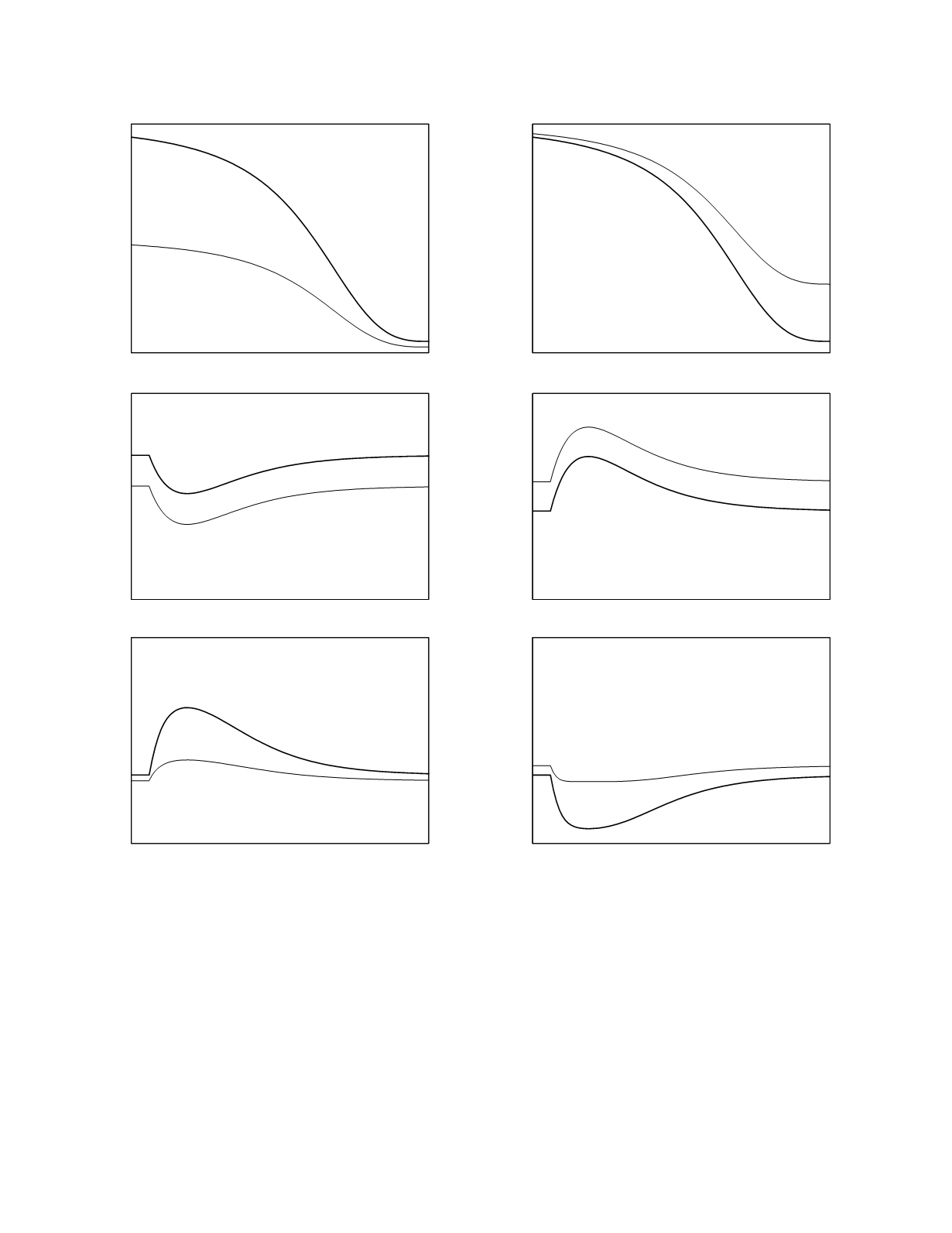
satisfactory separation of patients according to the
endocrine function categories is still usually
possible. The practical advantages of the
one-sample techniques over the multiple sample
approach is obvious.
Secondary forms of endocrine dysfunction are
common. Thyroid, adrenal, ovarian and testicular
dysfunction secondary to disorders of the anterior
pituitary are evaluated by measurement of the
plasma concentration of the appropriate trophic
hormone. Secondary disorders of the posterior pitui-
tary, parathyroids, and renin-aldosterone system
arising from abnormal effector tissue function or
responsiveness are identified by measurement of the
appropriate feedback signal and by direct evaluation
of effector tissue function.
The most informative manner in which to inter-
pret measurements of feedback signals is to plot the
signal value versus the concentration of the function
marker for the gland. As shown in Figure 7.7,
Organ Function
7-10
Feedback signal
Function marker
Time
Feedback signal
Time
Function marker
hypofunctional
gland
normal
gland
Homeostatic control
Feedback signal kinetics
Function marker kinetics
Feedback signal
Function marker
Time
Feedback signal
TIme
Function marker
hyperfunctional
gland
normal
gland
Homeostatic control
Feedback signal kinetics
Function marker kinetics
Figure 7.9
The separation of normal function from primary
hypofunction in a stimulation study.
Figure 7.10
The separation of normal function from
primary hyperfunction in a suppression study.


